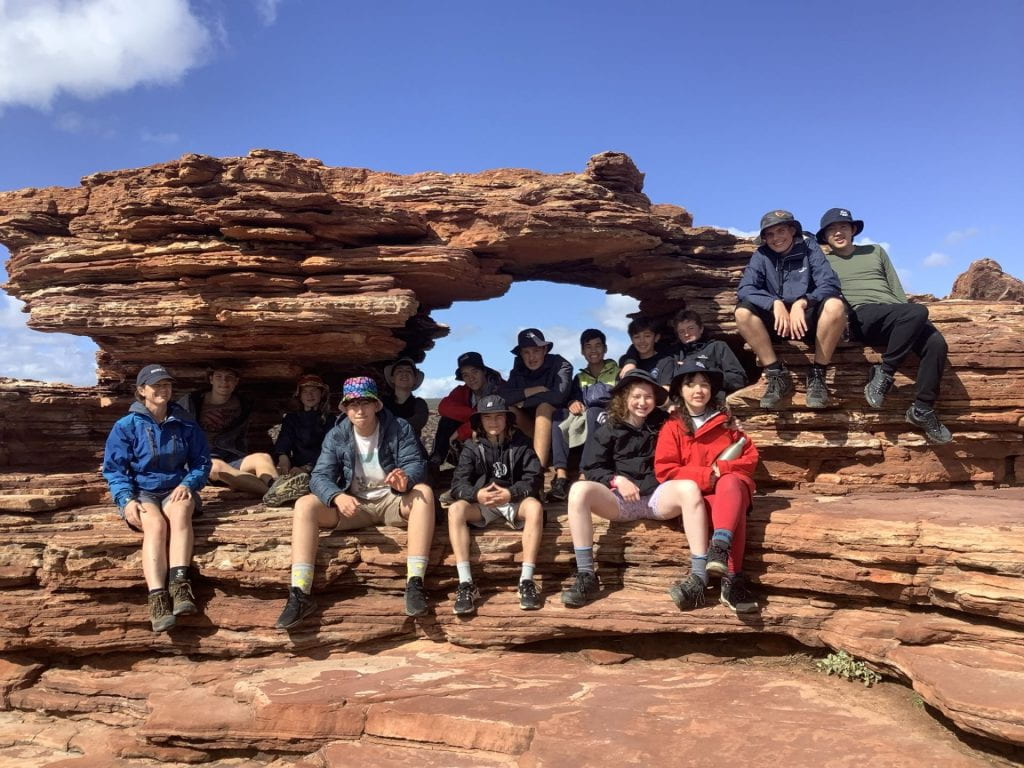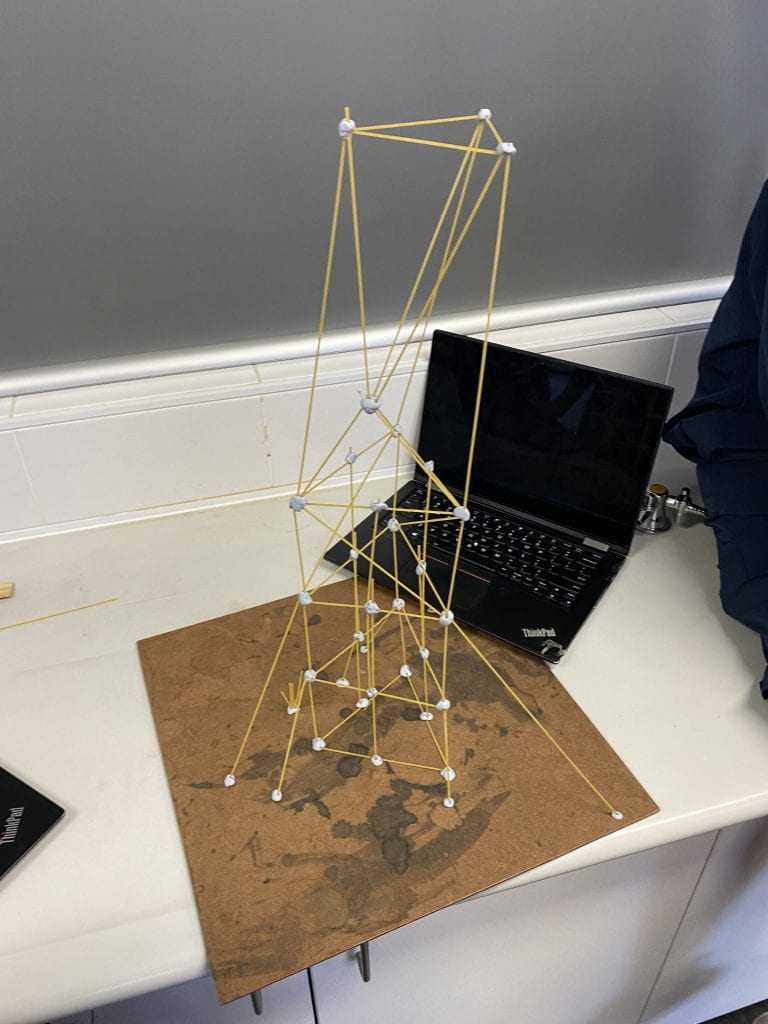Year 9 was a slow year and uneventful the only thing interesting that happened was camp. I came to this camp having high expectations but after actually doing the camp I was disappointed. I thought that this camp would be interesting but I didn’t find it that enjoyable. Over the course of this camp I resembled the ability to work in a team. The entire grade was split up into many different groups separating many friend groups meaning that you would have to talk to new people, meet new people and work together with them.
Throughout the week there were many tasks that involved us using team work for example in our groups we had to set up our tents every night and as the days progressed we became more efficient at setting up. For all the food that we ate everyone had to collaborate and help ready all the food, like at lunch we all roles like being the food cutters or the ones who washed up at the end. During dinner we used Trangia’s to cook foods like pasta and noodles. In the first few days we did an activity that included everyone in the group holding a tarp and trying to get a soccer ball high in the air. We had to use teamwork and have good team chemistry to balance the ball in the middle and also get it high the air. Finally we had to work together to keep motivation up as some people got covid and had to go home.
These days have helped me develop the skills of teamwork and have better relationships with other people.
^image of Jayden K, Jake H and Me^

